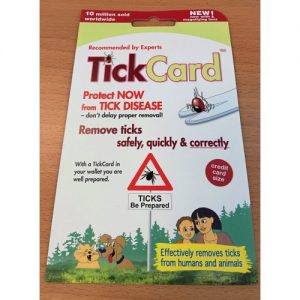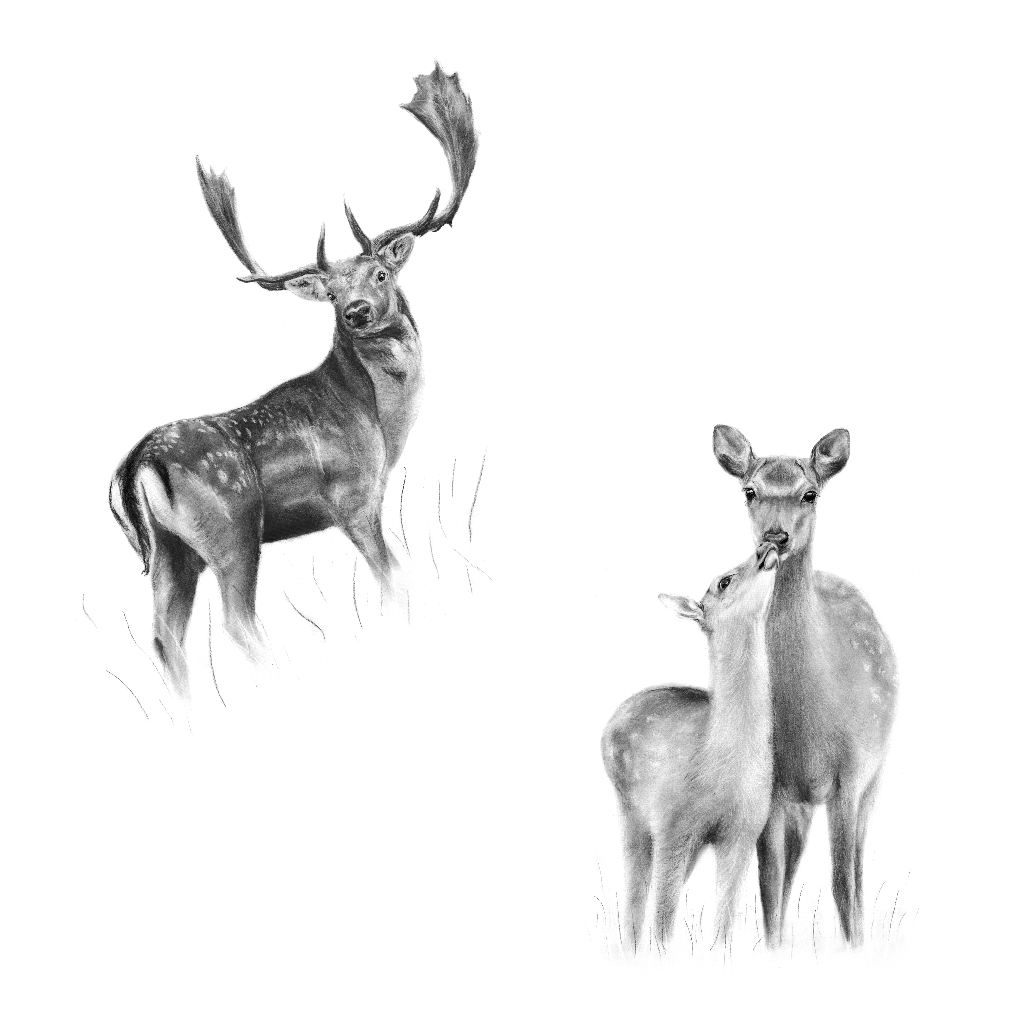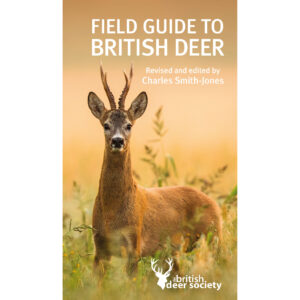ABOUT LYME DISEASE & TICKS
Lyme disease is a bacterial infection that can be spread to humans by infected ticks. It’s usually easier to treat if it’s diagnosed early.
Common symptoms include:
- a high temperature, or feeling hot and shivery
- headaches
- muscle and joint pain
- tiredness and loss of energy
- a circular red skin rash
(not everyone with Lyme disease gets the rash)
Ticks can be found in areas such as woodlands, grasslands, and moorlands, as well as parks and gardens. While not all ticks carry Lyme disease no one wants to take the risk so it is important to protect yourself by being tick aware!
Deer, ticks and Lyme disease
While ticks are often associated with deer, they are not the only animals to carry ticks. Many other species of animals and birds also act as tick hosts.
There is some evidence that, where deer and other large herbivores such as sheep are absent, the numbers of ticks present in the environment may be reduced.
However, current research on the spread of Lyme disease suggests that deer may only play a very small part and that it is likely that some species of birds are far more significant carriers of the infective organism.
Initial infection of ticks with Lyme disease (Borrelia burgdorferi) occurs not from deer, but while the subadult juvenile ticks are feeding on smaller animals (voles, mice, rabbits, and small birds). Indeed surveys of different wildlife species indicate that amongst the most significant carriers of the Borrelia bacteria are blackbirds, thrushes, and robins.
By contrast, the bacteria are unable to maintain themselves in deer of any species. Once they have reacted to their first infected bite, deer produce antibodies, which not only prevent infection of the deer but also carry on circulating in the bloodstream.
These antibodies may have an active role in cleansing any subsequent ticks, which feed on them, removing the Borrelia from the ticks system and thus preventing it from infecting anything else.
The British Deer Society is committed to encouraging public awareness of Lyme disease and supports ongoing research into the dynamics of the disease and its relationship with deer.
Resources and Research
- Tick Leaflet
- Tick Poster
- PHEs Tick Surveillance Scheme
- Tips and tricks to stay safe from ticks
- Overview of Lyme disease
- TickSolve - this project focused on environmental solutions to reduce the risk of current and future tick-borne zoonotic pathogens in the UK
- Experimental infection of Columbian black-tailed deer with the lyme disease spirochete
- The ecology of infectious disease: Effects of host diversity and community composition on Lyme disease risk
- Dilution and amplification effects in Lyme disease: Modeling the effects of reservoir-incompetent hosts on Borrelia burgdorferi sensu stricto transmission













